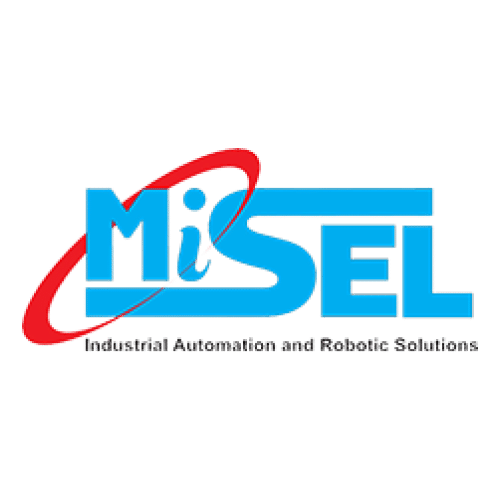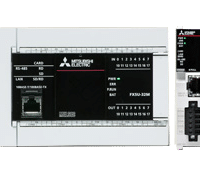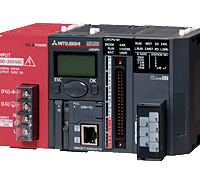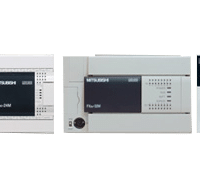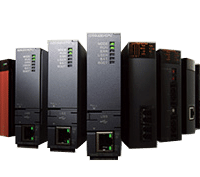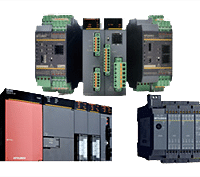

Distributor PLC Mitsubishi
Programmable Logic Controllers ( PLC) are electronic computers that are easy to use ( user-friendly) and have control functions for various types and various levels of difficulty.
The definition of a Programmable Logic Controller according to Capiel (1982) is an electronic system that operates digitally and is designed for use in industrial environments, where this system uses a programmable memory for internal storage of instructions that implement specific functions such as logic, sequencing, timing, counting and arithmetic operations to control machines or processes via digital or analog I/O modules.
Based on the name of the PLC Mitsubishi concept is as follows:
1. Programmable, indicating the ability in terms of memory to store programs that have been made that are easily changed by function or use.
2. Logic, showing the ability to process input in arithmetic and logic (ALU), namely carrying out operations comparing, adding, multiplying, dividing, subtracting, negating, AND, OR, and so on.
3. Controller, showing the ability to control and regulate the process to produce the desired output.
This PLC Mitsubishi is designed to replace a sequential relay circuit in a control system. Besides being able to be programmed, this tool can also be controlled and operated by people who do not know the field of computer operations in particular.
This PLC has a programming language that is easy to understand and can be operated if the program that has been created using software that is suitable for the type of PLC used has been entered.
PLC Function
PLC functions and uses are very broad. In practice, PLCs can be divided in general and specifically. In general, PLC Mitsubishi functions are as follows:
1. Sequential Control. PLC processes binary signal input into an output that is used for sequential technical processing purposes, here the PLC takes care that all steps in the sequential process take place in the right order.
2. Monitoring Plants. The PLC continuously monitors the status of a system (eg temperature, pressure, altitude) and takes the necessary action regarding the process being controlled (eg value exceeded limit) or displays such a message to the operator.
3. Shutdown System
The working principle of a PLC is to receive the input signal of the process being controlled and then carry out a series of logical instructions on the input signal according to the program stored in the memory and then produce an output signal to control actuators or other equipment.
Showing all 6 results
